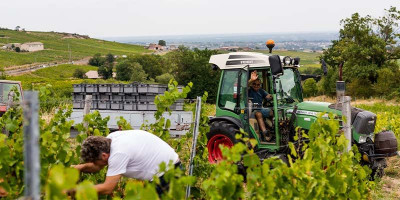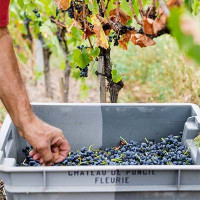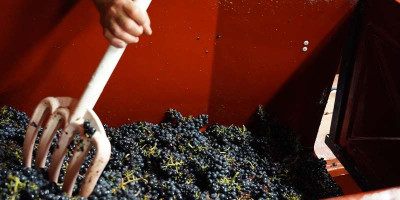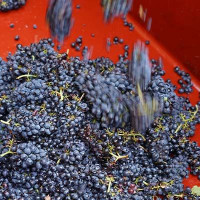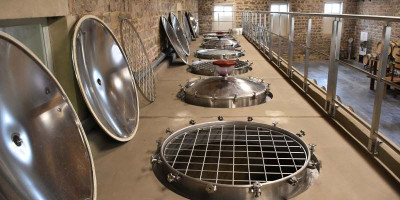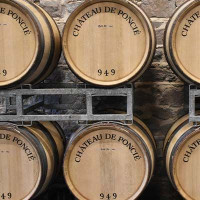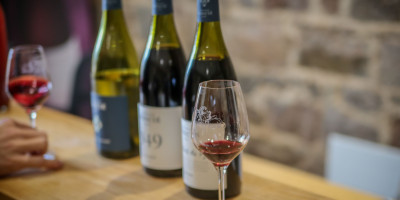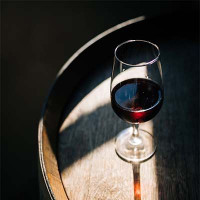Harvest time
With pruning shears in hand and crates at their feet, the grape pickers are ready to welcome the harvest at the end of summer. Harvest begins between the end of August and the beginning of October. As every year, it is the weather that determines the best time to pick. Each of our parcels is harvested at optimal ripeness to guarantee a good balance between sugar and acidity.
The crates are then taken to be weighed on a 19th century scale in the courtyard of the château. The harvest is then kept in a cool place for one night before going through the hands of the sorters. Only the healthiest grapes are kept.




